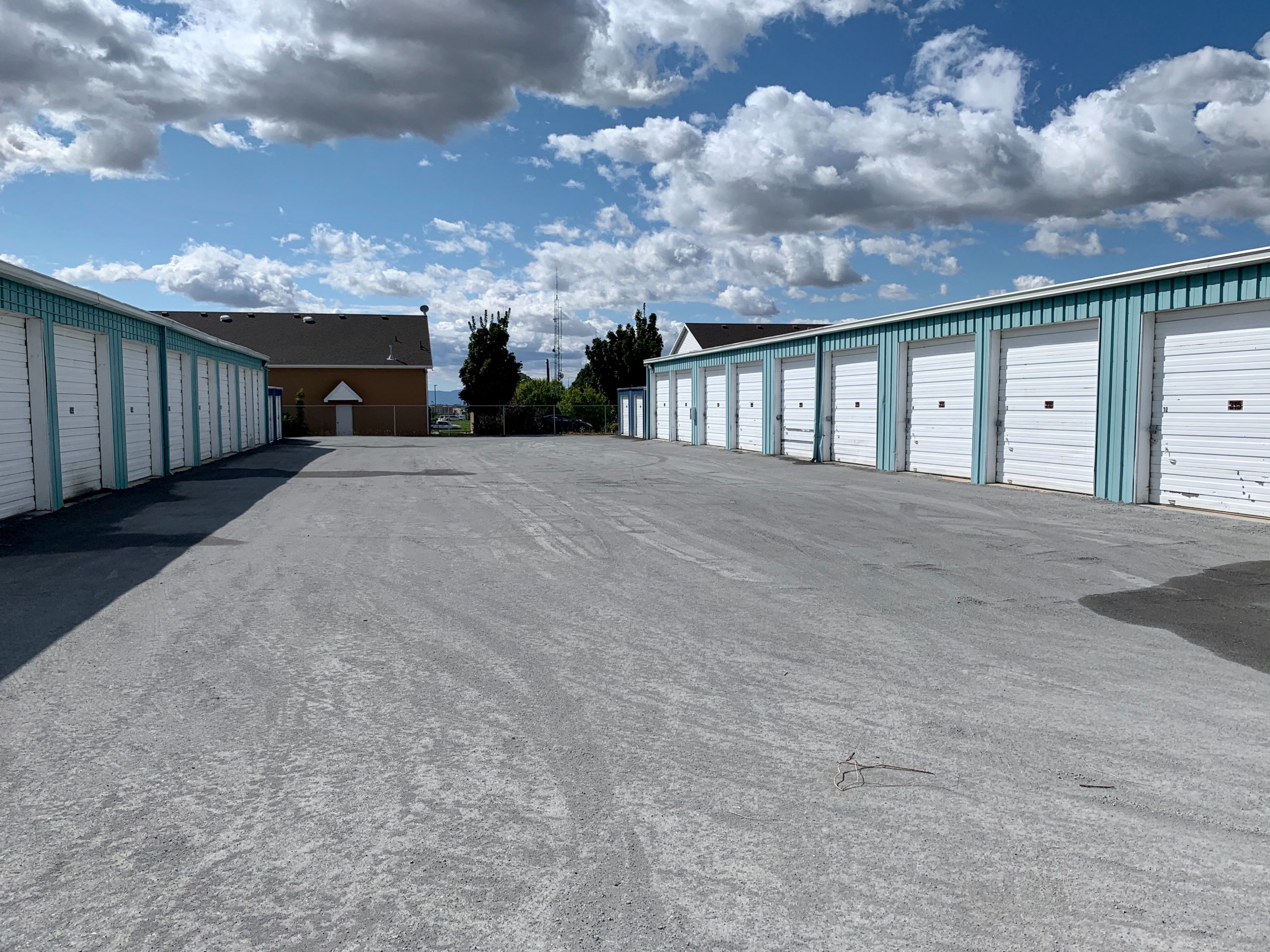In recent years, the real estate market has witnessed a significant shift, with more investors searching beyond traditional residential and commercial properties. One investment avenue that is gaining traction is storage units. These unassuming facilities that are frequently neglected present a distinct opportunity for those wanting to diversify their portfolios and tap into a growing demand for space. As urban living conditions become more confined and people progressively seek easy solutions for their belongings, storage units are showing to be a sensible and lucrative option.
Investing in storage units offers several benefits, including lower maintenance costs, little tenant turnover, and a steady stream of passive income. Unlike standard rental properties, storage facilities generally require less hands-on management, making them an desirable choice for both seasoned investors and those new to the real estate game. With the increasing trend of decluttering and the downsizing movement, the demand for storage solutions is soaring, making this sector of real estate one that savvy investors cannot afford to ignore.
Comprehending Self-Storage Facilities as an Asset
Storage units have emerged as a promising investment opportunity in the real estate sector. They provide a singular blend of low overhead costs, reliable demand, and relatively stable returns. As people reduce their living spaces or collect more possessions, the requirement for storage solutions continues to expand. This trend generates a strong market where investors can take advantage on providing safe and accessible storage units.
One of the significant benefits of putting money in storage solutions is their operational simplicity. Unlike classic real estate that demand ongoing oversight of renters and maintenance, storage units typically require minimal hands-on participation. Stakeholders can easily establish effective management systems, often utilizing on digital solutions for bookings, transactions, and client interaction. This ease of operation contributes to a more hands-off income source, making it an appealing option for both beginner and seasoned investors.
In addition, the barrier to entry in the self-storage market can be lower relative to other real estate ventures. With a range of dimensions and styles, stakeholders can decide to begin modestly and expand their business as they build expertise. As well, financing options for purchasing or constructing storage facilities are often readily available. With a stable demand for storage units across various demographics, putting money into self-storage can provide a consistent revenue source and lasting economic expansion.
Market Trends and Investment Opportunities
The warehouse industry has experienced remarkable growth in recent years, fueled by transforming consumer behaviors and shifting lifestyles. Urbanization has led to an rise in population density, resulting in smaller living spaces that often lack sufficient storage. As people seek additional space for their belongings, the demand for storage units continues to increase. Additionally, the growth of e-commerce has prompted businesses to seek out storage solutions for their inventory, further propelling the market.
Investors are increasingly recognizing the opportunity in storage units as a stable and rewarding real estate investment. The sector has steadily shown resilience, even during financial crises, as individuals and businesses still require storage services irrespective of the financial climate. Moreover, storage units typically offer more manageable operating costs compared to other property types, allowing for increased profit margins. This stability and lucrativeness make them an attractive option for both seasoned investors and newcomers in the property landscape.
Looking ahead, industry forecasts indicate that the storage unit market will continue to grow, presenting numerous opportunities for investment. With the increasing trend of downsizing possessions and the rise of remote work, the need for convenient storage solutions is more prominent than ever. Those looking to invest who enter the market now may take advantage of this growth, positioning themselves advantageously for sustained returns as demand for storage units remains in the shifting economic environment.
Benefits and Challenges of Putting Money in Self-Storage Facilities
Investing in self-storage facilities presents multiple enticing advantages. A major benefits is the fairly low entry cost compared to conventional property investments. This cost-effectiveness makes it attainable for many investors looking to broaden their investment portfolios without committing significant amounts of capital. Additionally, the need for self-storage options has been steadily growing due to conditions such as urbanization, reducing living space, and the increasing population of tenants who require additional space for their items. This trend can lead to a consistent stream of ongoing income, as self-storage units often enjoy high occupancy rates.
However, potential stakeholders should also be aware of the risks involved in this type of investment. One significant risk is the high level of competition, especially in cities where multiple self-storage providers may be competing for the same clientele. Heightened competition can drive down rental prices and affect profitability. Furthermore, self-storage facilities require ongoing management and upkeep, which can lead to surprise costs. storage units airway heights must also consider economic downturns, as a economic slump may cause lower need for storage services as consumers tighten their budgets.

Ultimately, profitable investment in self-storage facilities requires thorough research and preparation. By understanding the local market, maintaining a competitive edge, and being ready to face management challenges, stakeholders can reduce risks while harvesting the advantages of this specialized investment. Finding harmony between the potential for passive income with the practicalities of market conditions is essential for making wise choices in the self-storage investment landscape.
